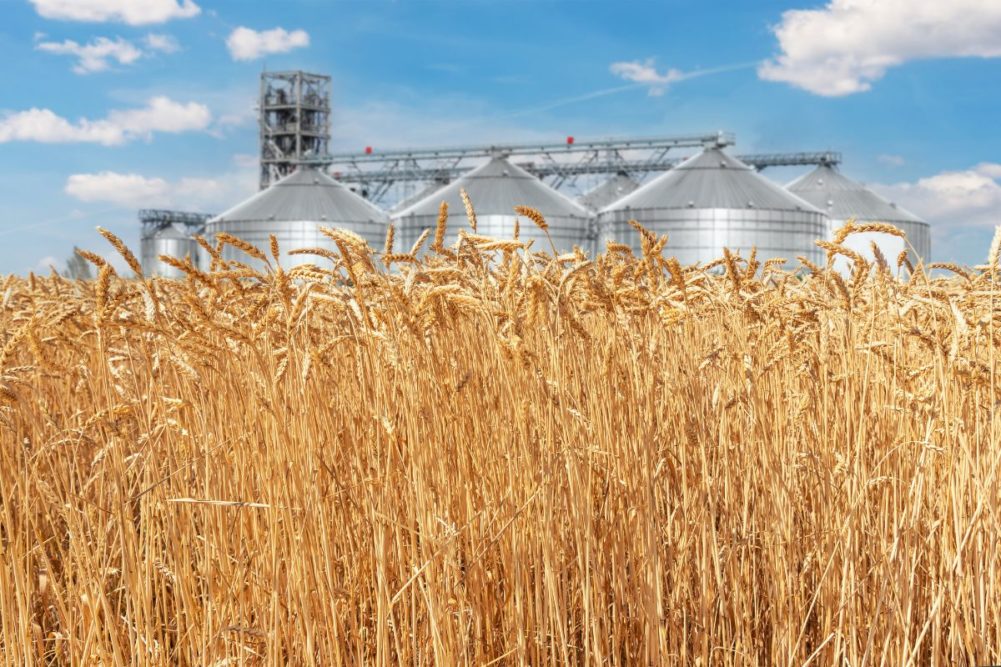OTTAWA, ONTARIO, CANADA — Canadian farmers are expected to plant 27 million acres of wheat in 2023, up 6.2% year-over-year and the most in two decades, likely responding to strong demand and favorable prices, according to Statistics Canada, which released its principal field crop areas report April 26.
The 2022 Field Crop Survey – December, which collects information on stocks of principal field crops and seeding intentions, was conducted from Dec. 12, 2022, to Jan. 14, 2023, and included about 9,500 farmers. Respondents were asked to report their planting intentions for grains, oilseeds and specialty crops.
The year’s initial survey found Canadian farmers expect to plant more wheat, canola, corn for grain, barley and soybeans in 2023, while area seeded to oats would drop along with pulse and specialty crops.
Of the anticipated 27 million acres of wheat, spring wheat area is expected to climb 7.5% to 19.4 million acres year-over-year, while durum wheat area is seen up 0.9% to 6.1 million acres and winter wheat area is anticipated to grow 12.7% to 1.5 million acres. Farmers in the top wheat-producing province of Saskatchewan are planning to seed 7.3% more wheat in 2023, totaling 14.2 million acres.
Canola area is expected to edge up 0.9% to 21.6 million acres in 2023, in line with Canada’s five-year average. In Saskatchewan, the province that produces the most canola, producers anticipate seeded area of canola to increase 3.7% to 11.8 million acres.
Nationally, farmers anticipate planting 5.5 million acres of soybeans, up 4.5% from 2022. Farmers in Ontario, the province that produces the most soybeans, expect to plant 2.9 million acres, down 5.4% from 2022. Manitoba is expected to lead the national increase in soybean acreage, rising 37% to 1.6 million acres, the highest area in the province since 2018.
Corn for grain is projected at 3.7 million acres, up 2.8%. In Ontario, where over 60% of all corn for grain in Canada is grown, farmers are eyeing 2.3 million acres for planting, up 0.2% from 2022. If realized, it would be a record area for the province, surpassing the previous record set just last year.
Nationwide, barley acreage is expected to edge up 0.6% to 7.1 million acres this year, while oat area is expected to fall 22% to 3.1 million acres, possibly because of high oat stocks resulting from high production in 2022.
Subsequent surveys during the year will provide estimates of actual seeded acreages. Data on final acreages for 2023 will be released on Dec. 4, 2023, and will be subject to revision for two years.




